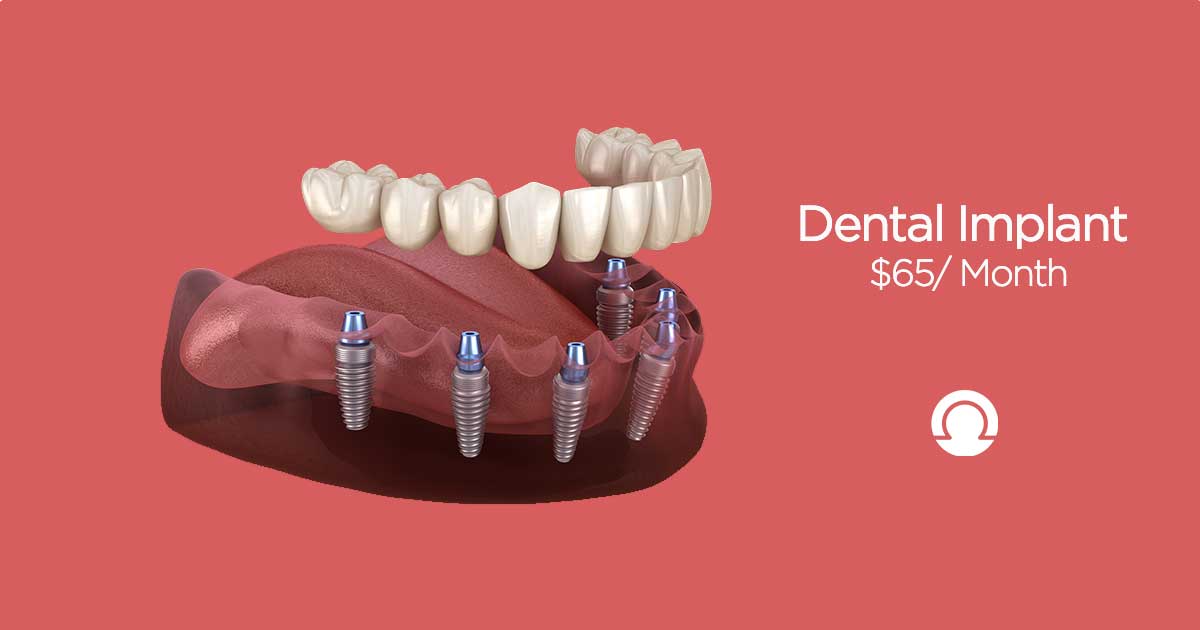An Unbiased View of Dental Sense
An Unbiased View of Dental Sense
Blog Article
The Of Dental Sense
Table of ContentsThe smart Trick of Dental Sense That Nobody is Talking AboutThe Ultimate Guide To Dental SenseThe Single Strategy To Use For Dental SenseWhat Does Dental Sense Mean?
are medical gadgets operatively implanted into the jaw to recover a person's capacity to chew or their appearance. They offer support for artificial (fake) teeth, such as crowns, bridges, or dentures. When a tooth is lost as a result of injury or illness, a person can experience problems such as fast bone loss, faulty speech, or modifications to chewing patterns that lead to pain.Oral dental implant systems contain a dental implant body and dental implant abutment and may also include a joint addiction screw. Kids dental. The oral implant body is operatively put in the jawbone in location of the tooth's origin. The oral implant joint is usually connected to the implant body by the abutment addiction screw and prolongs with periodontals right into the mouth to support the connected synthetic teeth
(https://dentalsense1.creator-spring.com)Structure of The Dental Implant System selecting dental implants, speak to your oral supplier about the prospective benefits and risks, and whether you are a prospect for the treatment. Points to consider: Your total health is a vital consider identifying whether you are a great prospect for dental implants, just how long it will take to heal, and how much time the implant may stay in area.
Cigarette smoking might impact the healing procedure and decrease the long-lasting success of the dental implant. The recovery procedure for the implant body may take a number of months or longer, during which time you commonly have a short-lived joint instead of the tooth. the oral implant procedure: Thoroughly comply with the dental hygiene instructions provided to you by your oral provider.
What Does Dental Sense Mean?
Implant failing can result in the demand for an additional operation to fix or change the implant system. Recovers the capability to chew Brings back cosmetic appearance Helps keep the jawbone from reducing as a result of bone loss Preserves the health of the bordering bone and gum tissues Assists maintain adjacent (nearby) teeth stable Enhances lifestyle Damage to bordering natural teeth throughout implant positioning Injury to the surrounding cells throughout surgical procedure, such as sinus perforation Injury during surgical procedure (for instance, crack of surrounding jawbone) Insufficient function, such as really feeling like the teeth do not bite together generally A feeling that the tooth is loosened or turning in place resulting from a joint screw loosening Implant body failure (looseness of the implant body) due to systemic infection, which might be more probable in patients with uncontrolled diabetes due to neighborhood infection in bone and periodontals sustaining the implant body because of delayed recovery, advice which may be extra likely in people that smoke Problem cleaning up the periodontals around the dental implant, resulting in poor dental health Untreated periodontal disease Post-surgical pins and needles as a result of nerve impingement or damages Always inform wellness treatment service providers and imaging specialists that you have dental implants prior to any kind of magnetic vibration imaging (MRI) or x-ray procedures.
FDA is not familiar with any damaging occasions reported for MRI or x-ray treatments with dental implants. Oral implants systems are normally made from materials that follow global consensus criteria of the International Organization for Standardization (ISO) or ASTM International. These standards have information of what makes a risk-free product.

An oral implant is a structure that replaces a missing tooth. With screw-like gadgets, the surgeon inserts an implant into the jawbone, and it functions as a support for a man-made tooth, called a crown. A tool called a joint links the synthetic tooth to the dental implant. The crown is customized to fit the person's mouth and match the color of their teeth.
All about Dental Sense
Some individuals are not qualified for dental implant surgery. It is for dental surgeons to run on people with: acute illnessuncontrollable metabolic diseasebone or soft cells condition or infectionIf these problems are settled, a person can have the surgical procedure. In, dental cosmetic surgeons avoid from running on people with: If individuals with any of the above undergo oral implant surgical treatment, there is a higher threat of the implant stopping working.

Dental implant surgical procedure is a tailored process. It's not the exact same for every person. The adhering to gives a general summary of what you can anticipate your dental practitioner, dental surgeon, periodontist or prosthodontist to do: Put the implant surgically. Give you time to heal. Attach the message and final crown, bridge or denture.
Next, your cosmetic surgeon will very carefully put the dental implant right into your jaw. If your dental implant is near the front of your mouth, your dental professional will make a short-term tooth for you to wear till you heal.
Little Known Facts About Dental Sense.
Throughout the healing stage, your jawbone should fuse to the oral implant. This procedure can take anywhere from three to nine months.
Once your dental implant heals, your dental expert can affix the abutment (small port blog post) and your last remediation (crown, bridge or denture). This generally takes concerning one hour to finish and may need a second minor surgery. You should not feel any pain during your dental implant procedure since your service provider will use medication to numb your periodontals.
Report this page